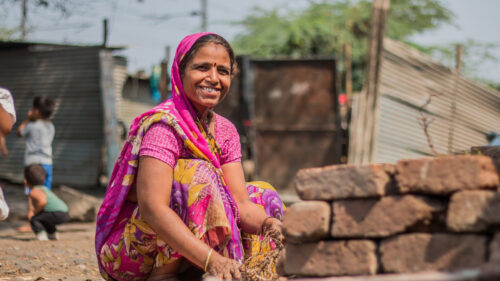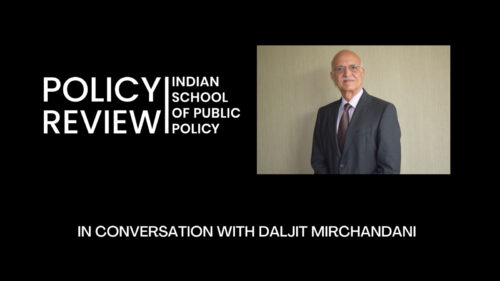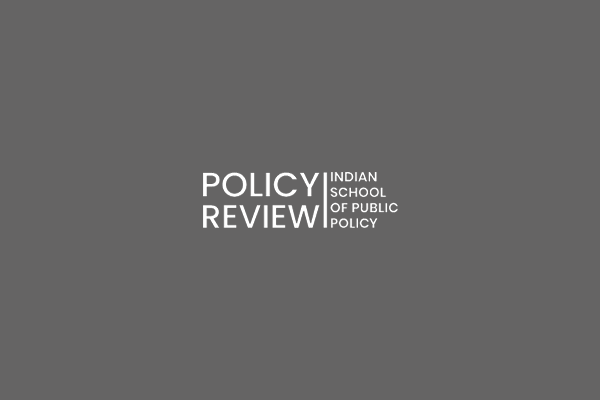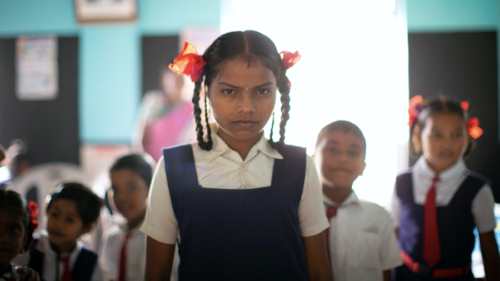The Government of India (GOI) defines Gender Budgeting as, “A process of identifying gender specific barriers across all sectors of development.”1 India began producing an annual Gender Budgeting Statement (GBS) as part of the Union Budget in 2005-06. A charter on Gender Budget Cells (GBCs) to be set up across GOI ministries was issued in 2007,… Continue reading An analytical view of Gender Responsive Budgeting in post-COVID-19 India
Category: Policy Review
Thoughtful policy reviews from ISPP covering analysis, critique, and perspectives on key public policies shaping India’s governance and development.
An analytical view of Gender Responsive Budgeting in post-COVID-19 India
Making India’s Social Protection Gender Responsive: Opportunities for a post COVID-19 world

The COVID-19 pandemic has exacerbated pre-existing gender inequalities with its disproportionate impact on women. Even before the pandemic, women spent nearly 7 times more time on unpaid work compared to men1, which has surged further now.2 While lockdown restrictions and economic tensions are reported to have increased domestic violence,3 families are resorting to other negative coping mechanisms… Continue reading Making India’s Social Protection Gender Responsive: Opportunities for a post COVID-19 world
Conditional Cash Transfers: A Source of Women’s Time Poverty

Abstract Conditional Cash Transfer programmes have been lauded as one of the most successful social protection schemes of recent times. However, the lack of a gender perspective has resulted in its proposed conditionalities to cause time-poverty amongst its participating women. Time poverty is understood as the lack of discretionary time available and is often observed… Continue reading Conditional Cash Transfers: A Source of Women’s Time Poverty
Contact Tracing in India: Lessons Learned and Way Forward

On January 30, 2020, India reported its first COVID-19 case – a medical student in Kerala who had been evacuated from Wuhan. Exactly a year later, the country has recorded more than 1.5 lakh deaths and 1.07 crore positive cases. As of January 29, 2021, 33 lakh healthcare workers have been vaccinated against the virus. With the daily mass vaccination… Continue reading Contact Tracing in India: Lessons Learned and Way Forward
Budget bats for key policy measures in the banking sector: Implementation is the key

The Union Budget for FY 2021-22 presented on February 1, 2021 has the distinction of being the first budget after Covid-19 devastated much of the world, including India. India registered a historic contraction of nearly 24% in its Gross Domestic Product (GDP) in the first quarter of the current financial year, unemployment surged, small enterprises suffered acutely… Continue reading Budget bats for key policy measures in the banking sector: Implementation is the key
In Conversation with Daljit Mirchandani

Daljit Mirchandani is a Graduate Engineer from Birla Institute of Technology. Driven by the need for Systemic change for learning equity and excellence in K-10, he started Gyan Prakash Foundation in 2012. Through a collaborative model of working with the Government Education system at the State level and with NGOs in India and the USA,… Continue reading In Conversation with Daljit Mirchandani
Performance Measurement in Public Administration: A Case Study of Antyodaya Saral, Haryana

Abstract The use of performance measurement and management, while a fairly standard managerial practice in the private sector, is relatively uncommon in public management. This is especially true for the Indian subcontinent wherein governments traditionally only present themselves for evaluation every election cycle. However, this scenario has begun to change over the last decade, particularly… Continue reading Performance Measurement in Public Administration: A Case Study of Antyodaya Saral, Haryana
Atmanirbhar Abhiyaan: Making Municipal Revenues resilient in India

The surge in the second wave of COVID-19 in several parts of the country in 2021 once again brought attention towards the significance of decentralization and the need for local governments in India to be financially and administratively empowered. The Brihanmumbai Municipal Corporation (BMC) model of proactively managing the pandemic emerged as a case study… Continue reading Atmanirbhar Abhiyaan: Making Municipal Revenues resilient in India
The Electricity Buzzar

Background The power sector consists of five stakeholders- energy sources, power generators, transmitters, distributors, and consumers (figure 1). The draft National Electricity Plan 2016 projects that the peak demand at the end of 2021-22 would be 235 GW.1 As per the 2019 CRISIL report, India’s installed capacity of power generation is 344 GW. Produced electricity could… Continue reading The Electricity Buzzar
Impact of School Closures on Girls due to COVID-19: In Conversation with Dr. Vimala Ramachandran

India’s struggle to make schools accessible to girls, and to ensure they stay in school, has been a long and uphill journey. Enshrining the right to education as a fundamental right for all children between 6 and 14 years of age through the Right to Education (RTE) Act in 2008, and the National Education Policy… Continue reading Impact of School Closures on Girls due to COVID-19: In Conversation with Dr. Vimala Ramachandran

